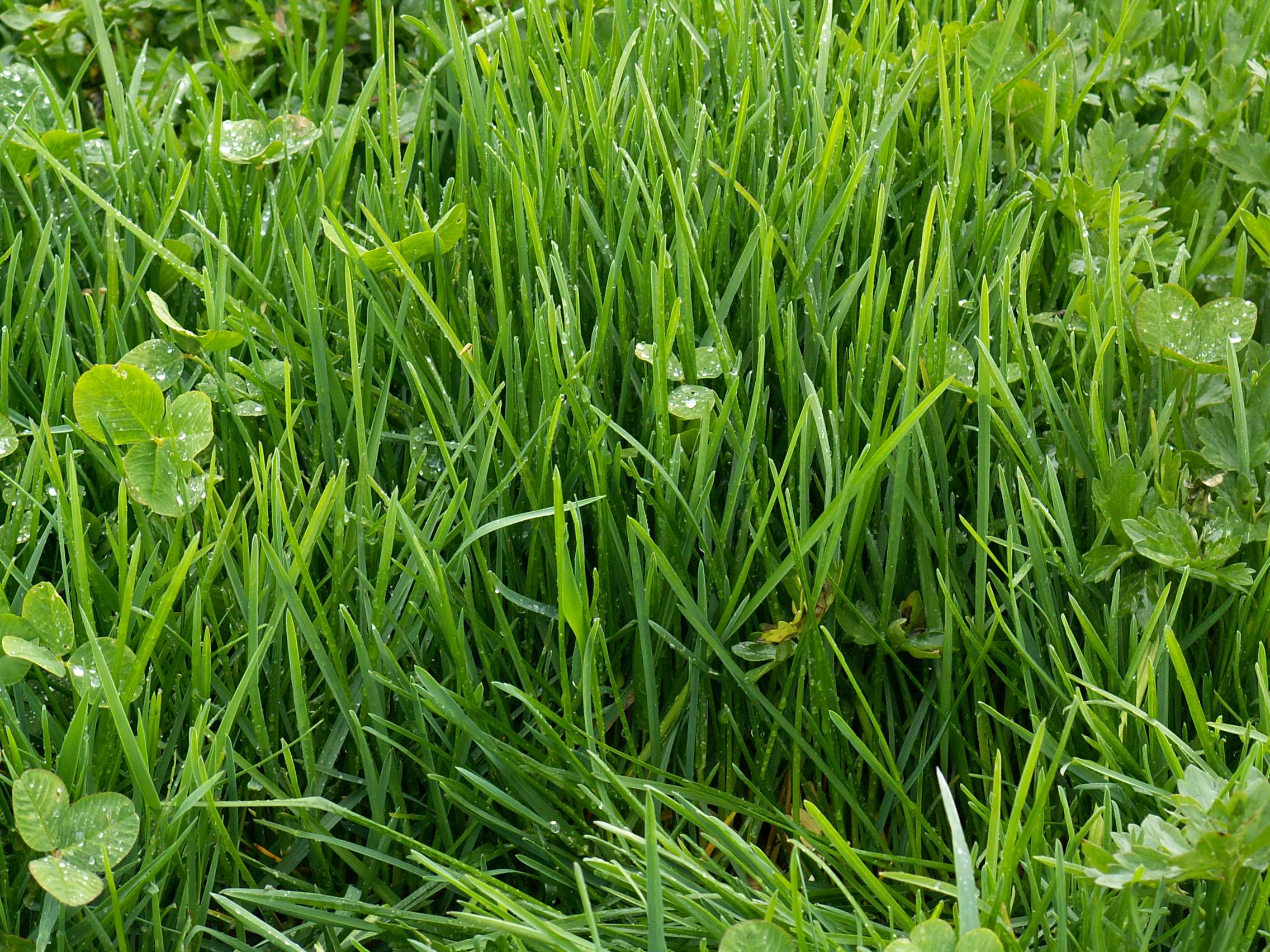Companies that want to rely more on the pasture system in the future need core permanent pasture areas. Such areas are not mown and must therefore be declared as permanent pastures in the multiple application (MFA). It is very important for a pasture farm to have permanent pastures, as such areas are very stable in terms of plant population and produce good yields.
If such permanent pastures are created, a company will begin grazing a hay meadow in the spring. In traditional cut meadows, top grasses that grow in clumps (e.g. cocksfoot, smooth oats or meadow foxtail) predominate and are pushed back over time by intensive grazing. With optimal grazing management, the animals graze the growth down to 2-3 cm and the clump grasses lose the storage substances from the lower parts of the shoots. In addition, the re-sprouting sites of the clump grasses are also eaten away or damaged, so that over time they are pushed back into the population. This creates gaps (open ground) that have to be filled by valuable forage grasses.
In addition to such grasses, some clump grasses have the ability to form tillering shoots when grazed, which leads to a dense turf. An example of this is English ryegrass. The second important growth form is that certain grasses form runners. The most important of these is the meadow bluegrass. On the legume side, white clover is important in pastures. Ideally, such grasses colonize the resulting gaps. This only works on areas that already have a high proportion (over 25%) of these desired grasses. In most cases, there are too few valuable undergrasses in the meadow and, without action, the resulting gaps are colonized by unwanted grasses and herbs. Such a development leads to a reduction in the quantity and quality yield from the area. It should not be assumed that intensive grazing is to blame for this condition, but rather the lack of the desired plants.
During the transition phase from a hay meadow to a permanent pasture or when renovating existing permanent pastures, it is advisable to carry out accompanying overseeding that steers the crop in the desired direction and thus guarantees the desired yields and qualities.
Examination results:
In a 3-year research project by the Bio-Institut at the LFZ Raumberg-Gumpenstein, the short-grass pasture was compared with the usual cutting use at the location. The plant population was also examined and the results are shown in the table.
The influence of the pasture on the plant population was clearly visible. There was an increase in legumes (primarily white clover), English ryegrass and meadow bluegrass on the short-grass pasture plots. Each of the three species could reach around 20 percent of the area. These proportions were twice to three times higher than in cut use. On the other hand, typical grasses of the meadows, such as cocksfoot or golden oats, could hardly be observed on the short-grass pasture plots. This study result is a logical consequence if the growth pattern of the 3 dominant types of short grass pasture is taken into account. White clover and bluegrass have runners with which they grow into the area without having to form seeds. The English ryegrass is stimulated to tiller by grazing and thus also grows into the area in a cushion-like manner. In contrast, there are again the meadow grasses, which have an exclusively clump-shaped growth and cannot spread over runners and are therefore pushed back when used for pasture. In addition to these experimental results and other observations in practice, this change in the plant population occurs in the first and second year of grazing. At this point the population becomes gappy due to the loss of the previous typical meadow grasses. At this point it is advisable to carry out accompanying overseeding.






